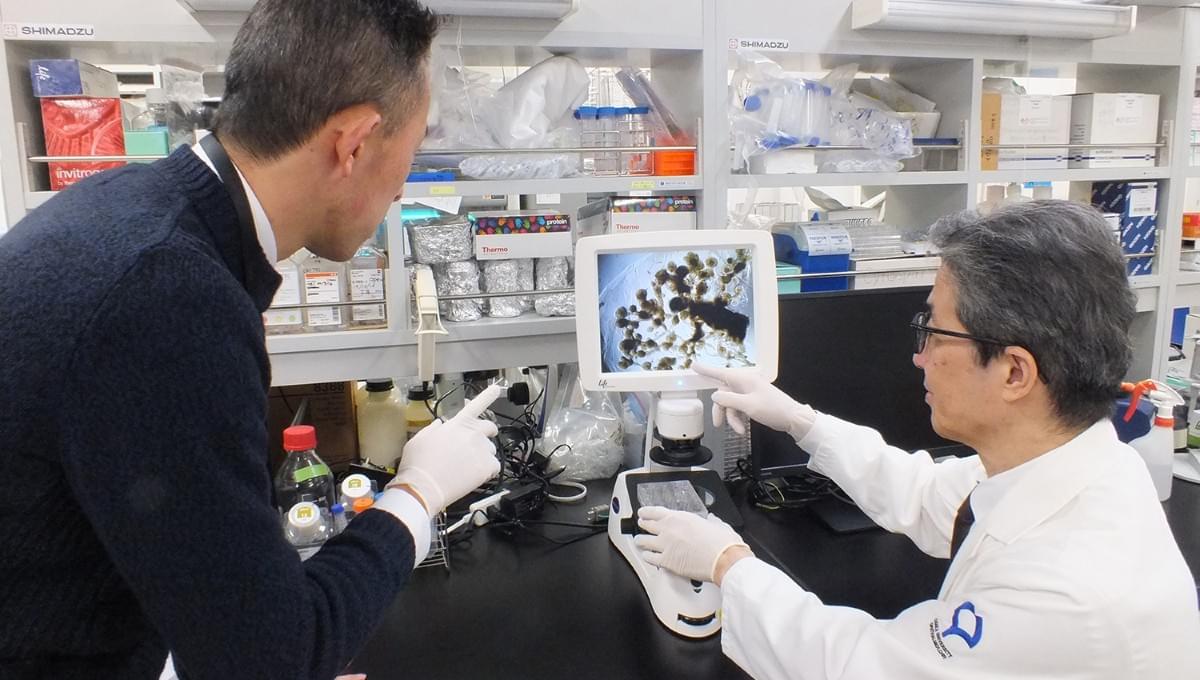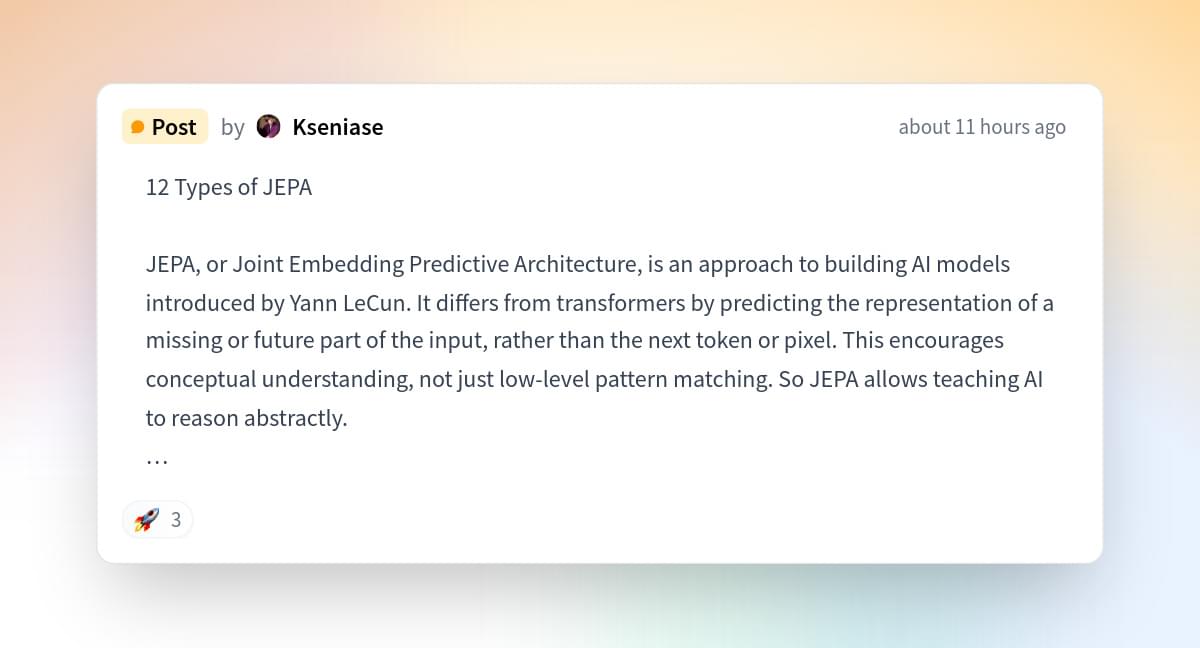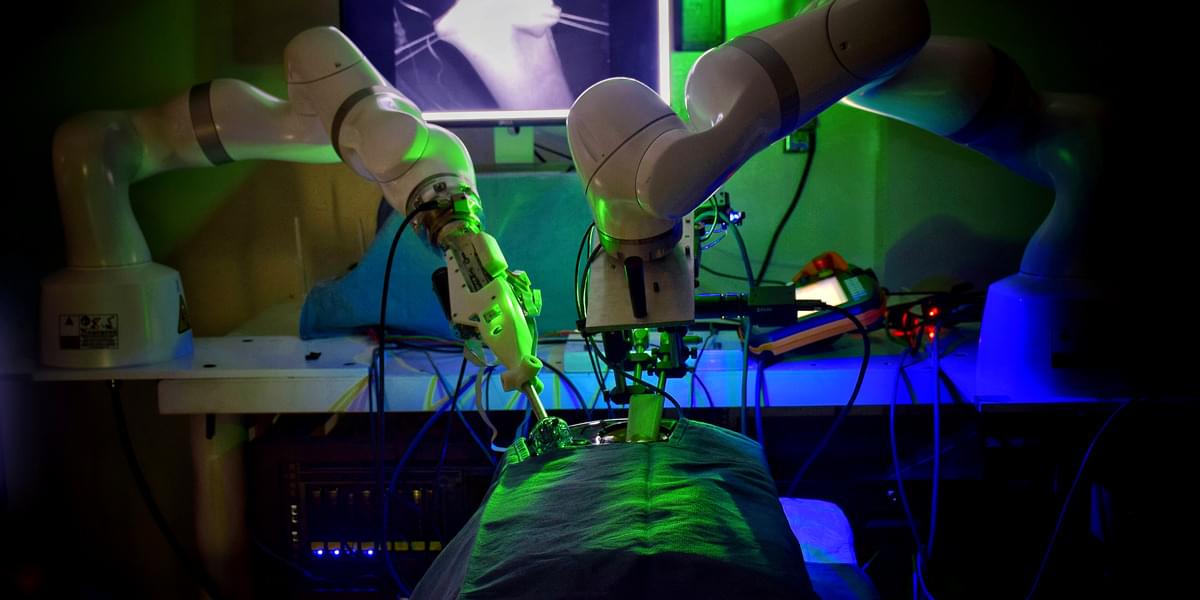Inside the full-body blood swap experiment that’s sparking debate across the anti-aging world


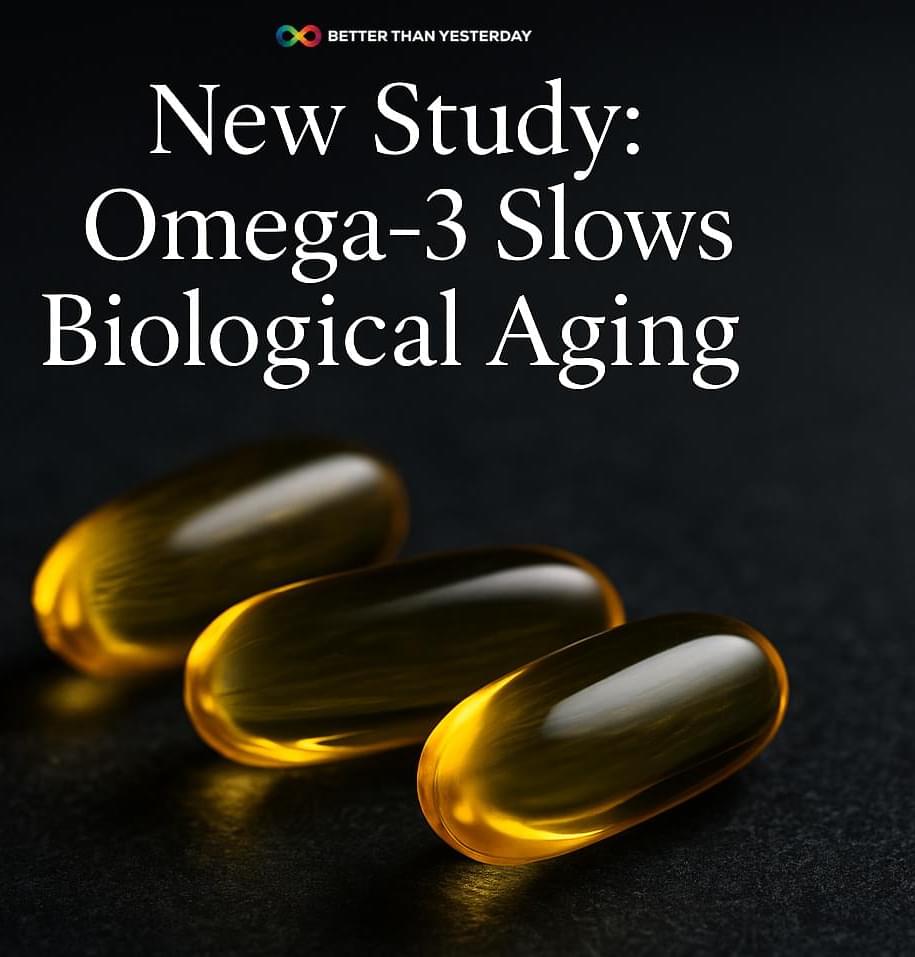

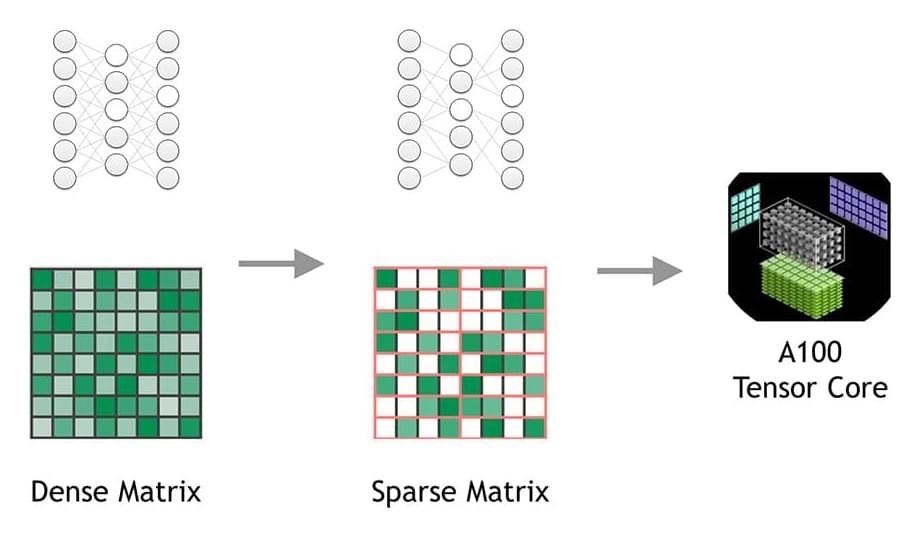
On this episode, Ben Goertzel joins me to discuss what distinguishes the current AI boom from previous ones, important but overlooked AI research, simplicity versus complexity in the first AGI, the feasibility of alignment, benchmarks and economic impact, potential bottlenecks to superintelligence, and what humanity should do moving forward.
Timestamps:
00:00:00 Preview and intro.
00:01:59 Thinking about AGI in the 1970s.
00:07:28 What’s different about this AI boom?
00:16:10 Former taboos about AGI
00:19:53 AI research worth revisiting.
00:35:53 Will the first AGI be simple?
00:48:49 Is alignment achievable?
01:02:40 Benchmarks and economic impact.
01:15:23 Bottlenecks to superintelligence.
01:23:09 What should we do?
